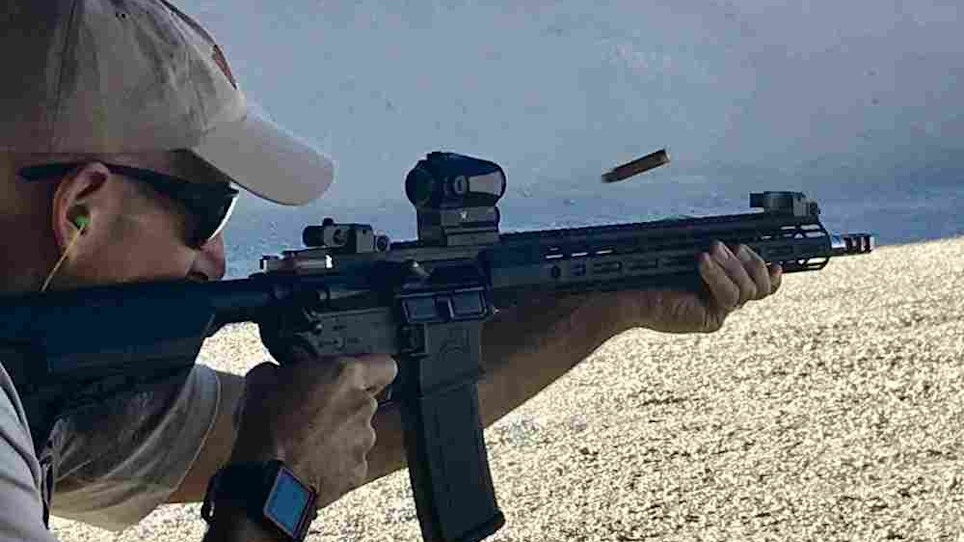The guns we sell have triggers and so do the customers we sell them to. Trip the right triggers and sales will follow.
Law-abiding people buy guns for two basic reasons: defense and sport. But there are a variety of triggering mechanisms that cause customers to buy one model, caliber or gauge gun rather than another.
Because basic, minimal parameters can fill the protection void and because those guns and things that go with them can be made in large numbers at relatively low costs, especially when it comes to AR and AK platforms and polymer-frame pistols, there’s a race to the bottom when it comes to pricing. This manufacturing and sales model has refined itself to be based on quantity at the lower price points.
Here is where the bills are paid because these are the relatively high-volume and steady sales at modest margins that involve the masses of the customer base. No single one of those folks may buy a lot on a regular basis, but their sheer numbers are such that traffic can be both steady and predictable.
For those to whom guns are mere tools, there is no need to focus on anything beyond basic gear. That element likely is the bulk of the customer base. But there always are some who want more, even if they have to save up to afford the finer things. Some want fancier, others want enhanced performance and still others want both. But the point is that they want more and know that the price tag goes up with each level of enhancement.
Guns and gear are physical items, which means there’s an opportunity for tactile connections to the prospective buyers. Images on magazine pages and websites can take them only so far. There comes a point where they need to see the item in person and actually touch it. It’s at that point that the item “talks” to them and seals the deal.
It takes many sales of the lower-priced stuff to have the same impact on the bottom line as one high-end sale. If the item isn’t physically there, then that potential sale may not be realized. It really is that simple.
Granted, no store can stock everything. But a little imagination goes a long way. If most of the customer base is interested in tactical/defense, then a dreamy full-dress long-range rig or custom/semi-custom handgun can do wonders. If the base is mostly focused on hunting/clay target activities, then higher-grade specimens are in order. And, they don’t have to be fancy. They might just be some of the best examples of their art.
But it does no good to have these kinds of items if these gems are merely mixed in with a bunch of standard stuff in a rack or in a display case. They have to be highlighted. Restaurateurs have known this forever — it’s in the presentation.
These finer specimens need to be placed where they stand out from the crowd. They need to capture the attention of the customer, who then will take a second look, think about it, look again, etc. If they show enough interest to ask to hold it, it’s time to set the hook.
Typically, it takes several visits for buyers to get to that point. The lure of the dream item actually draws them back a time or two, and repeat visits are pure gold.
The point is that a store doesn’t have to be a high-end emporium to be able to cash-in on some of the higher priced stuff. There’s a balance, but any sale in the higher tier is money that wouldn’t be there otherwise. Something to think about.






